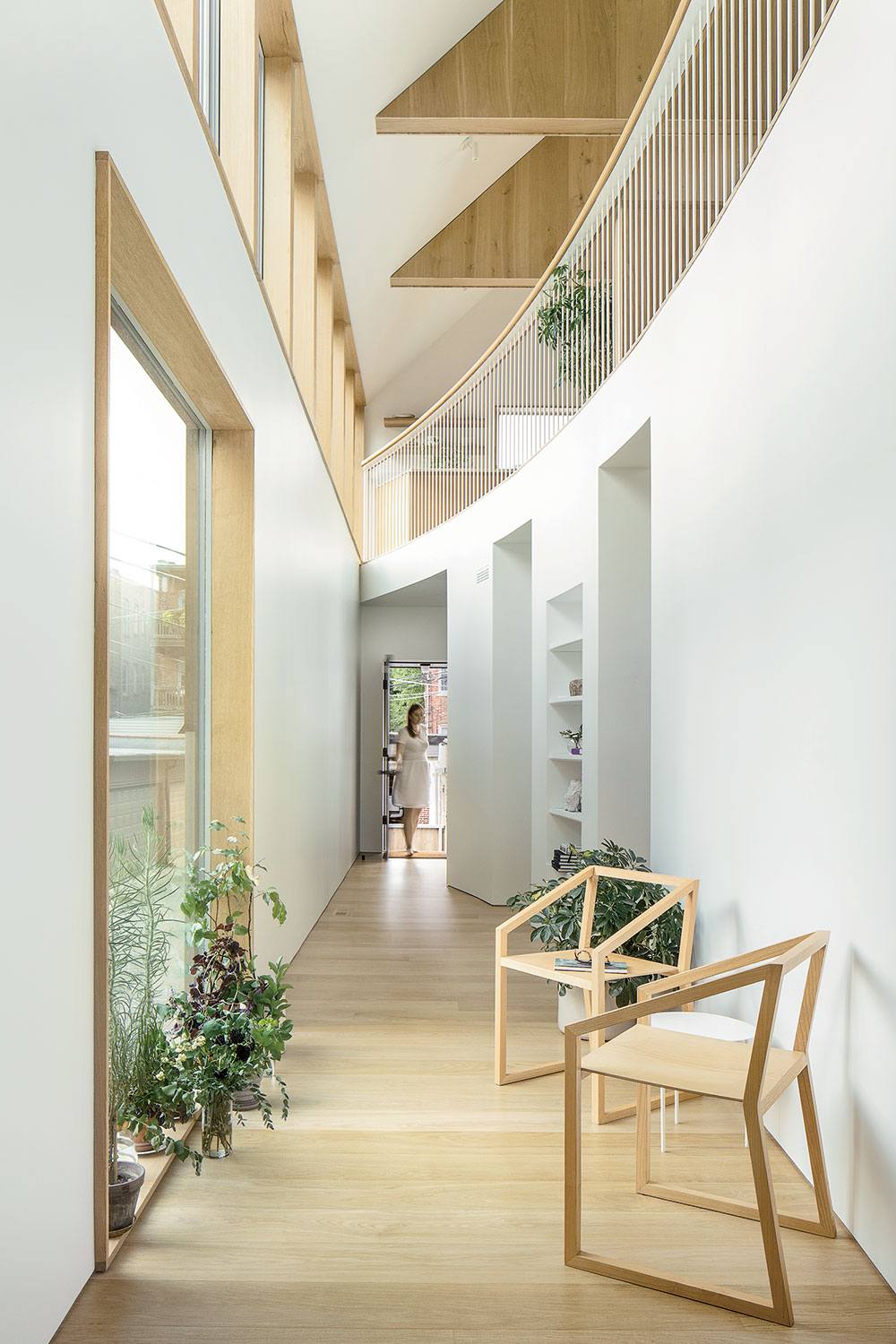
An outsize number of famous architects first gained recognition by building a home for themselves — to act as a case study, a studio, and a showpiece. Think of Frank Gehry’s 1978 Santa Monica residence, with its corrugated metal and protruding trapezoids, or Frank Lloyd Wright’s Oak Park landmark, which he erected while still in his 20s. The list is long (Charles and Ray Eames, Charles Gwathmey, Rudolph Schindler) and storied, a high bar not lost on local architects Lap Chi Kwong and Alison Von Glinow.
The married couple make up the two halves of the architectural firm Kwong Von Glinow. They met at Harvard’s Graduate School of Design, and both did time at the famed firm Herzog & de Meuron in Switzerland. But when they decided to move back to Chicago (Von Glinow grew up in Lake Forest) to start their own practice (and family), the pair had no commissions, just lots of concepts. “I think we entered 13 competitions,” Von Glinow recalls. They won three, but none had a timeline for construction.
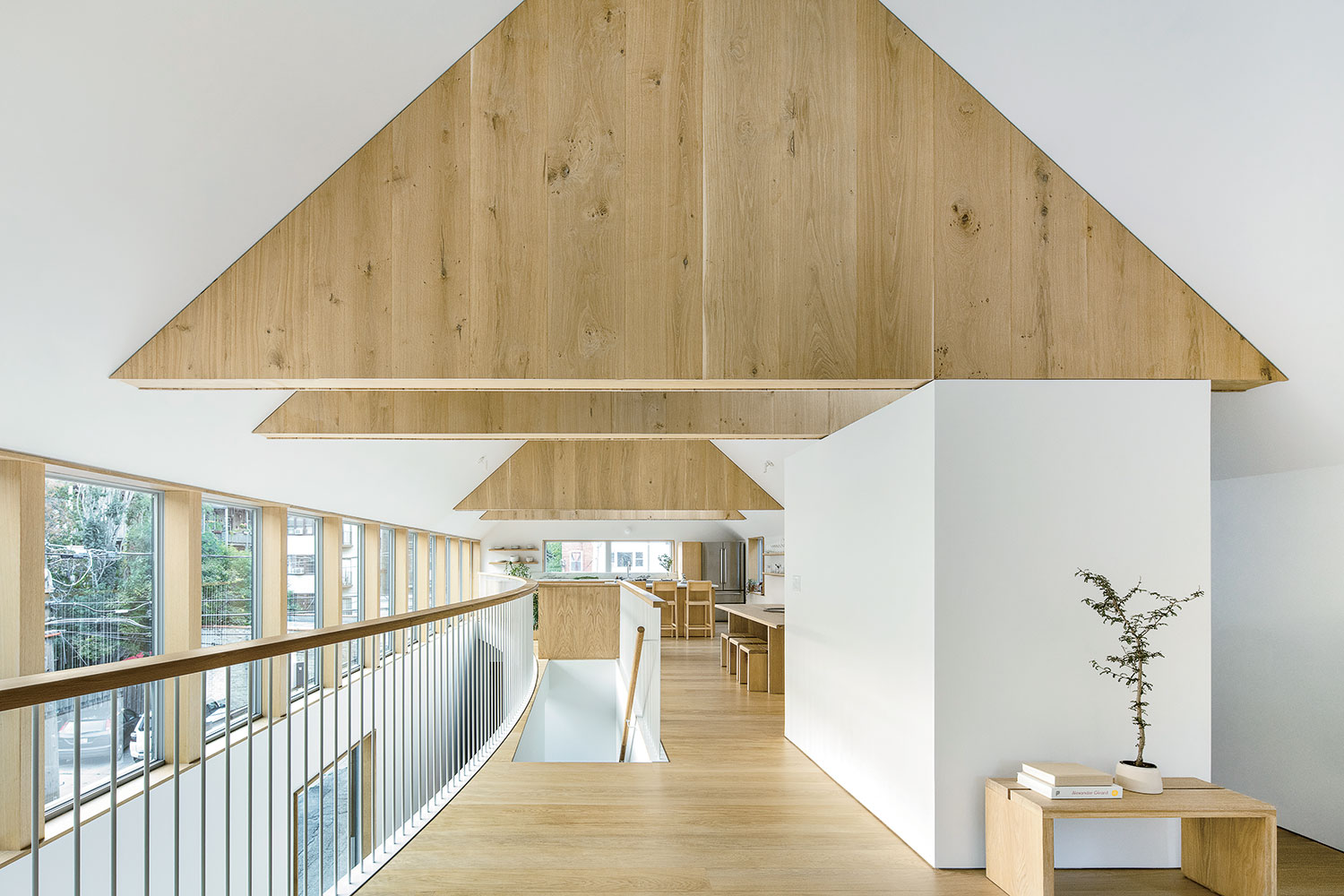
They needed a project to show clients, they decided, so they scoured Zillow and found a teardown in Edgewater for a steal. Where other house hunters had taken issue with the plot’s positioning along two noisy alleys off Ardmore Avenue, Kwong saw an opportunity. “The 125-by-25-foot site was amazing,” he says. “We’re 50 feet from any other building off the alley, which brings in so much sky and light.”
Two children and four years later, Kwong and Von Glinow might be the happiest coworking couple stuck inside the house. And they owe much of that familial bliss to their 3,100-square-foot two-story rectangular wood-and-concrete residence, with 56 linear feet of ribbon windows and a purposeful use of enfilades to erase corridors and optimize space. Says Von Glinow of the home, which was completed in September: “It’s been interesting to realize how much we are enjoying living with these ideas we tried out for competitions.”
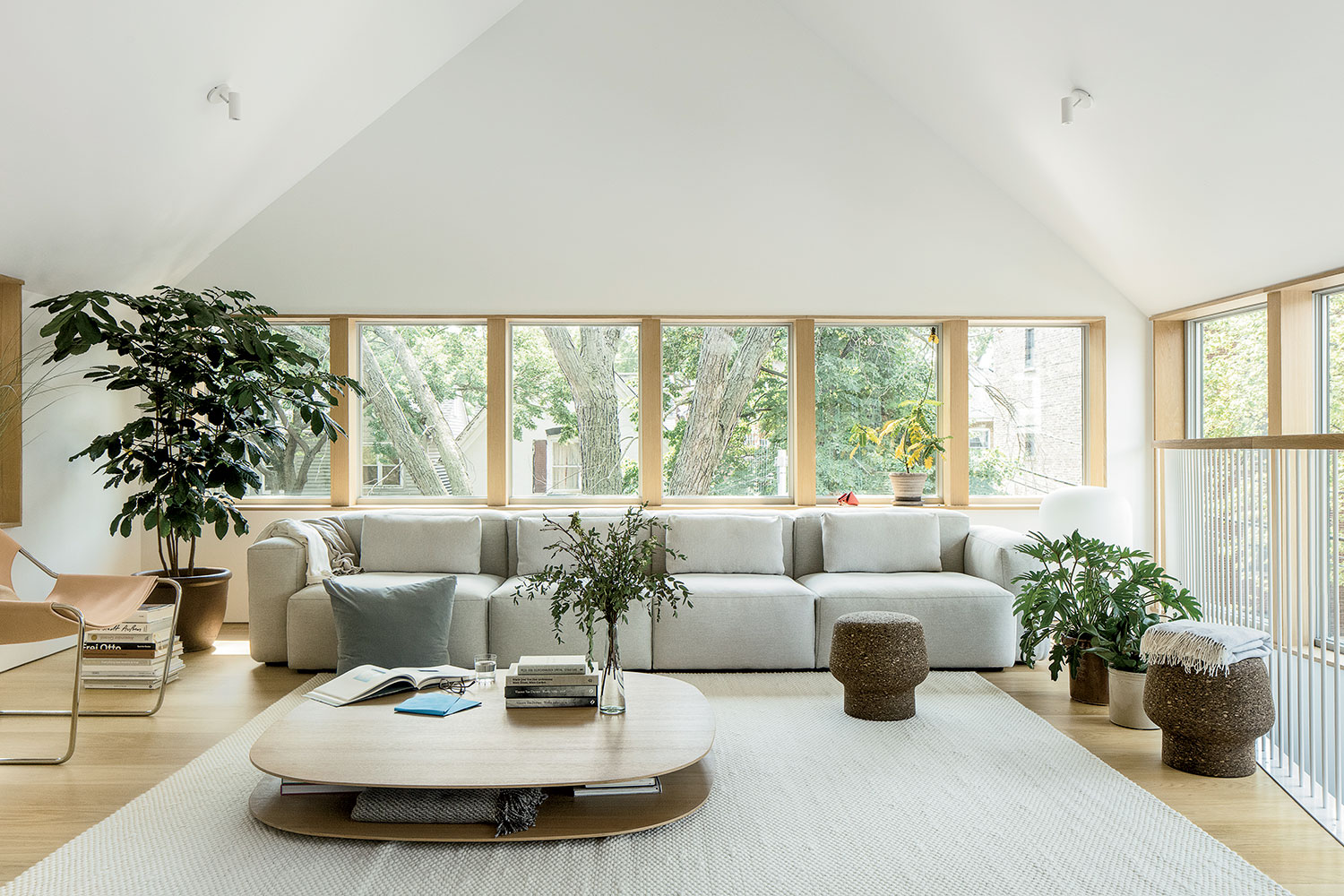
That starts with the main entrance, a striking display of volume and geometry. “We flipped the traditional layout of a home, creating this interior curved courtyard that pushes the three bedrooms next to the neighboring building’s brick walls, where there is less light,” Von Glinow explains. The bowed wall turns what would be a barren walkway into an atrium with a reading nook, multiple seating areas, and a 7-by-10-foot window overlooking the balconies of the apartments across the alley. “That was a mission of ours: no hallways,” Kwong says.
The couple also elevated the common areas to the top floor, which is fringed by a wood-and-steel balustrade. Up there, 15-foot-high pitched ceilings lend a monumental grandness. There are no internal walls, so dramatic triangular oak trusses and skylights define spaces, including a living room, powder room, dining room, and kitchen. Notably, there are only four closets in the whole house. “People today own the things that are important to them, so a modern home doesn’t need a lot of storage,” Von Glinow says. Most of the furniture, from a 10-foot-long dining table to a marble island, was made by the couple’s studio and provides a discernibly Scandinavian sensibility.
![The concrete base and black-and-gray-painted wood frame above it are meant to emphasize the “flip” of the home, with the common spaces upstairs rather than on the main level. “The [exterior] colors don’t even line up with the floor plates,” Kwong says of the unusual layout.](https://www.chicagomag.com/wp-content/uploads/2021/04/C202104-H-Edgewater-Rehab-04.jpg)
The portfolio-as-home has, in fact, driven some business. “Our own home is one of the most convincing things we can show a prospective client, and it’s been helpful to us to continue to build up the practice,” Kwong says. The couple recently wrapped up the offices for the Swiss Consulate in the former Hancock Center, landed a gut renovation of a West Chicago greystone, and signed on to build an addition to a historic Howard Van Doren Shaw home in Highland Park.
In the future, perhaps some upstart architect will look to the Ardmore House as inspiration for their own home. For now, Kwong and Von Glinow are savoring the satisfaction of seeing their heretofore untested design theories borne out every day.
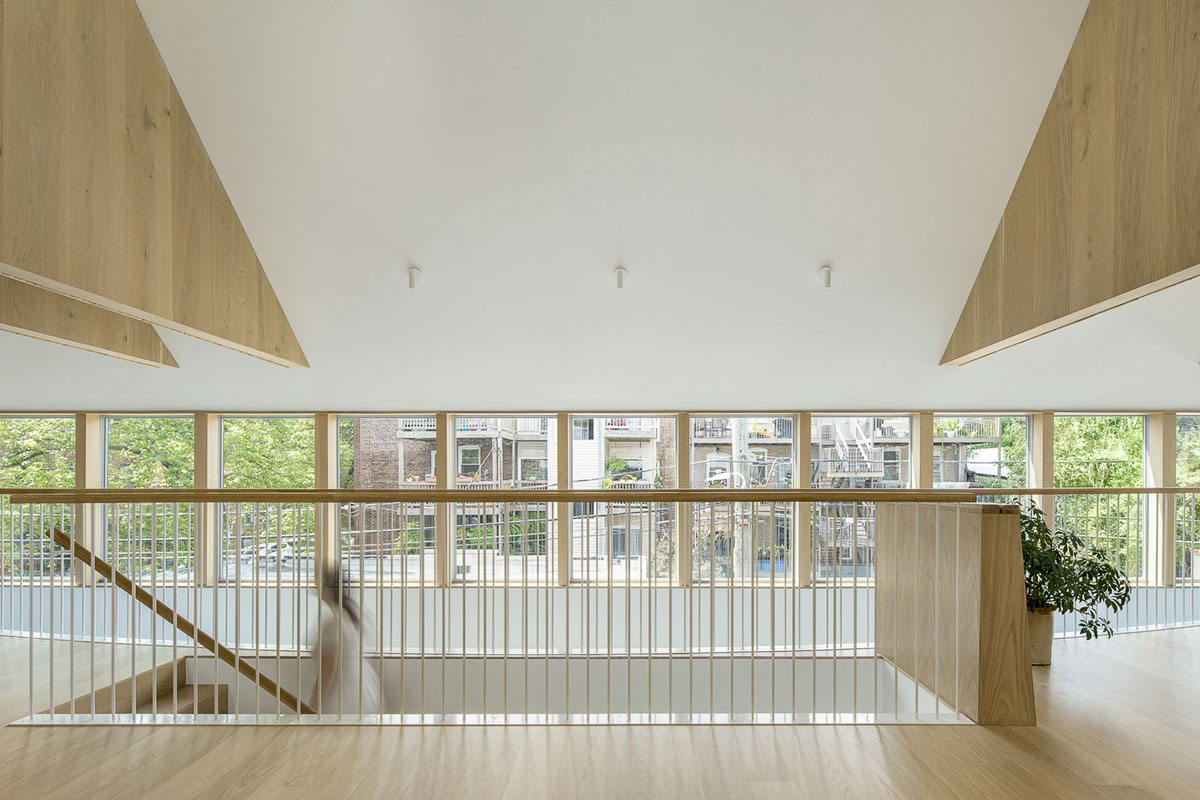
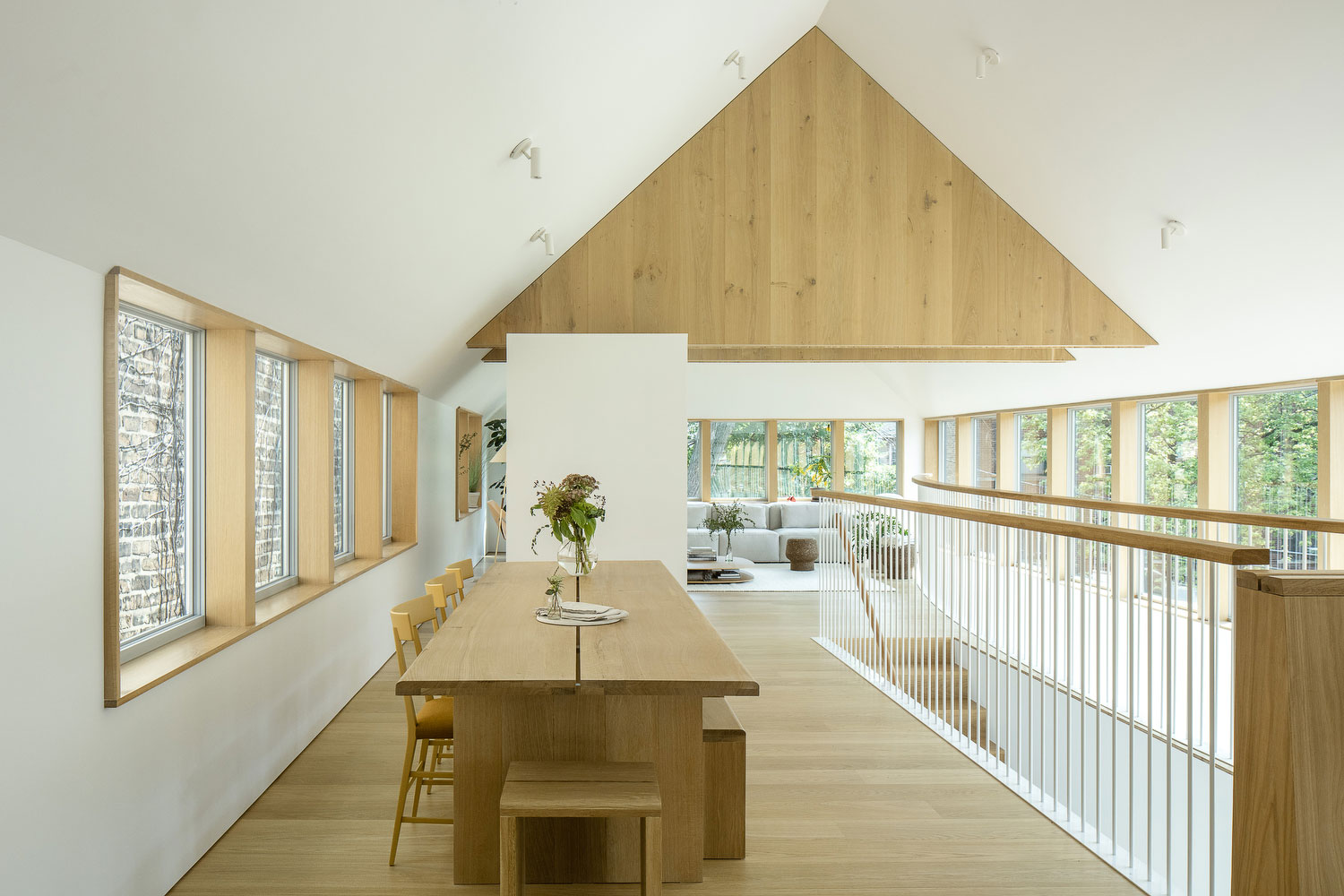
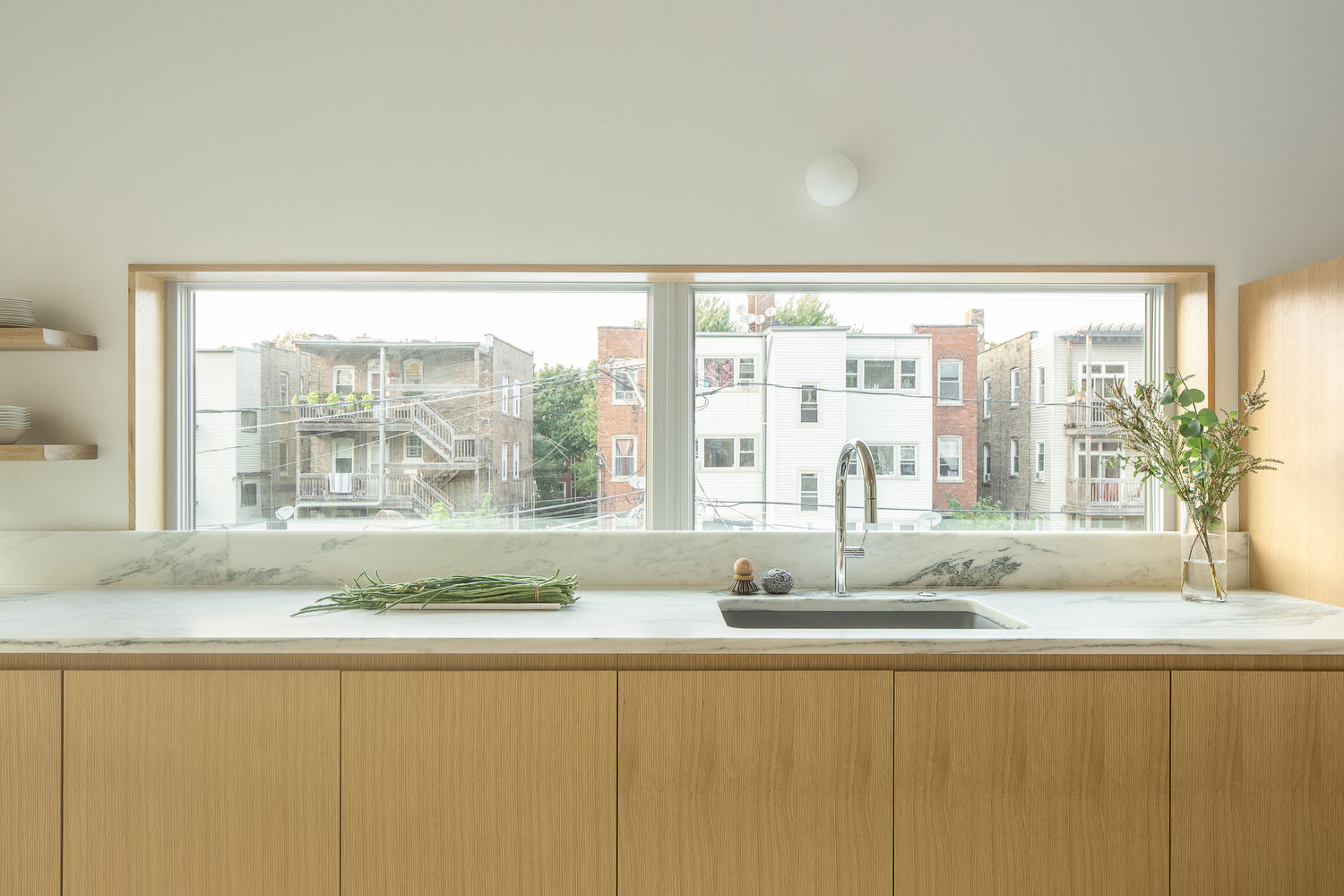
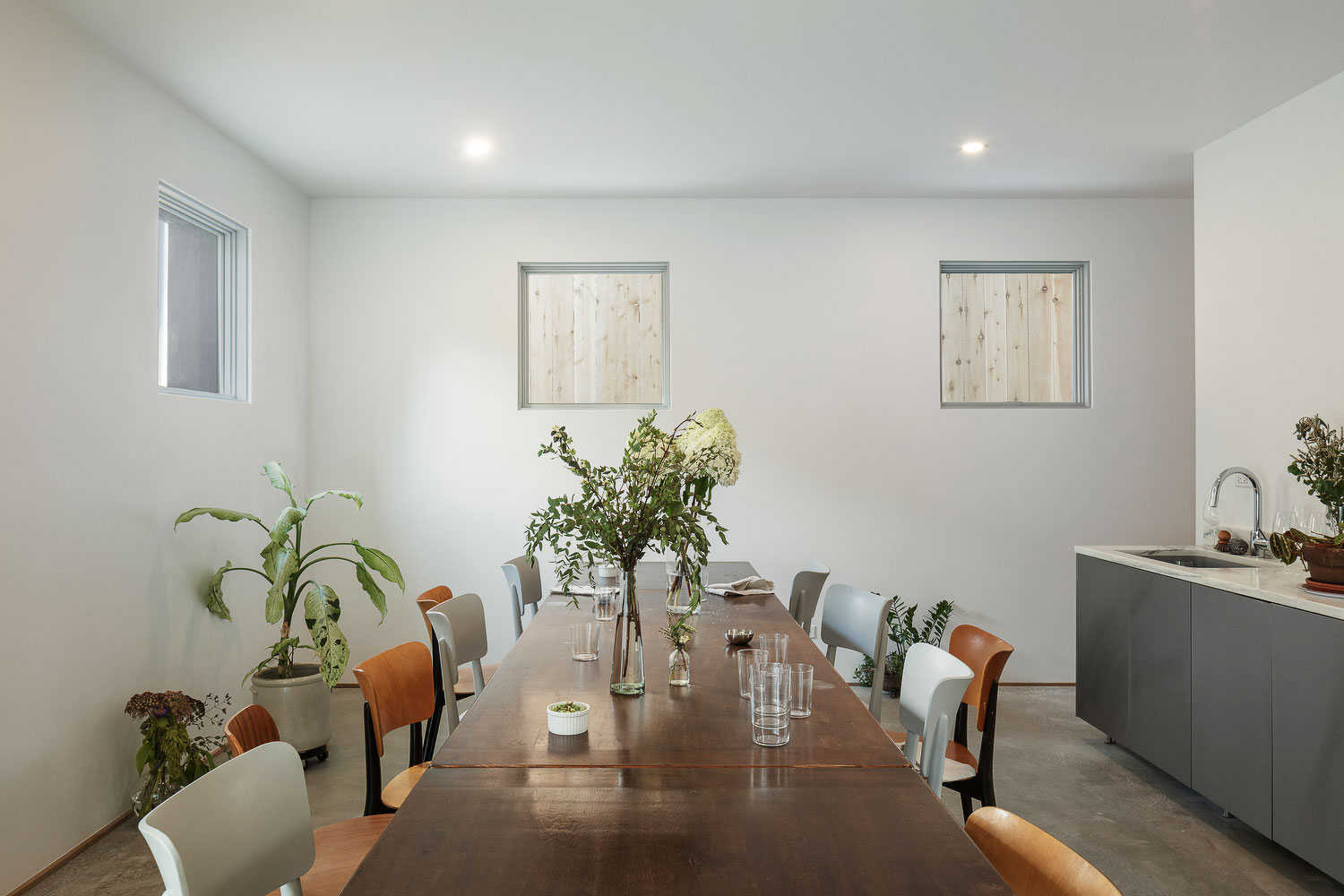
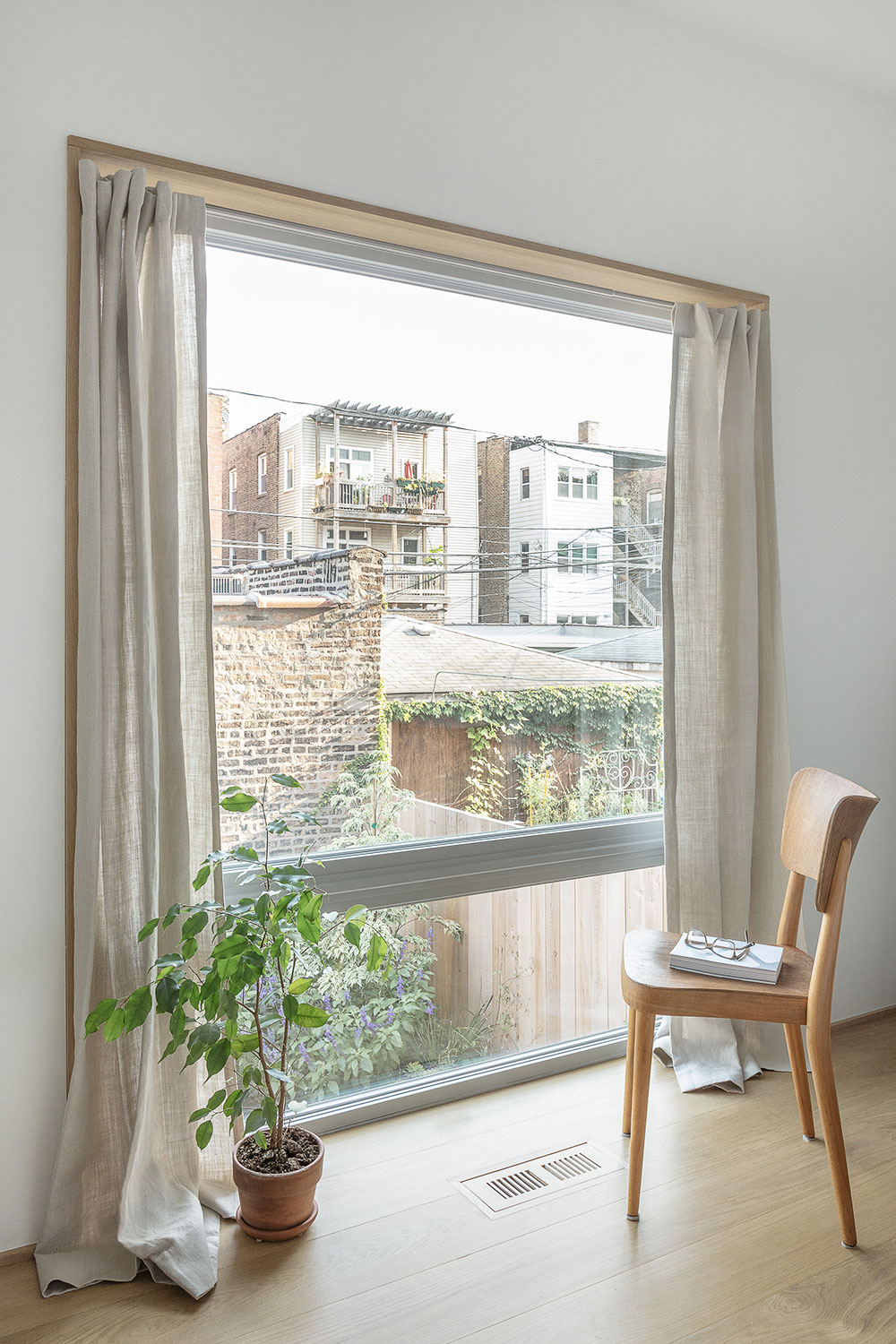
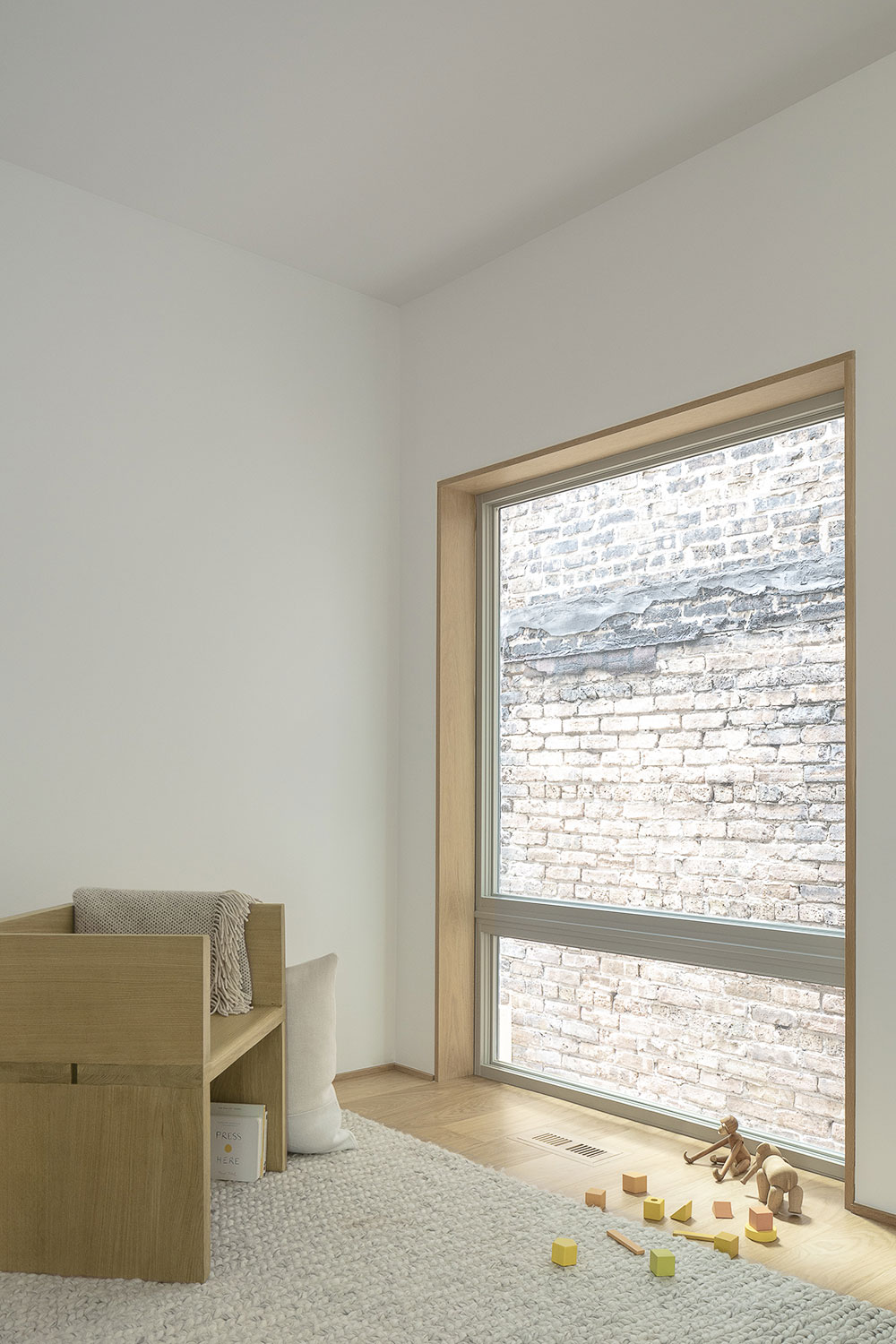
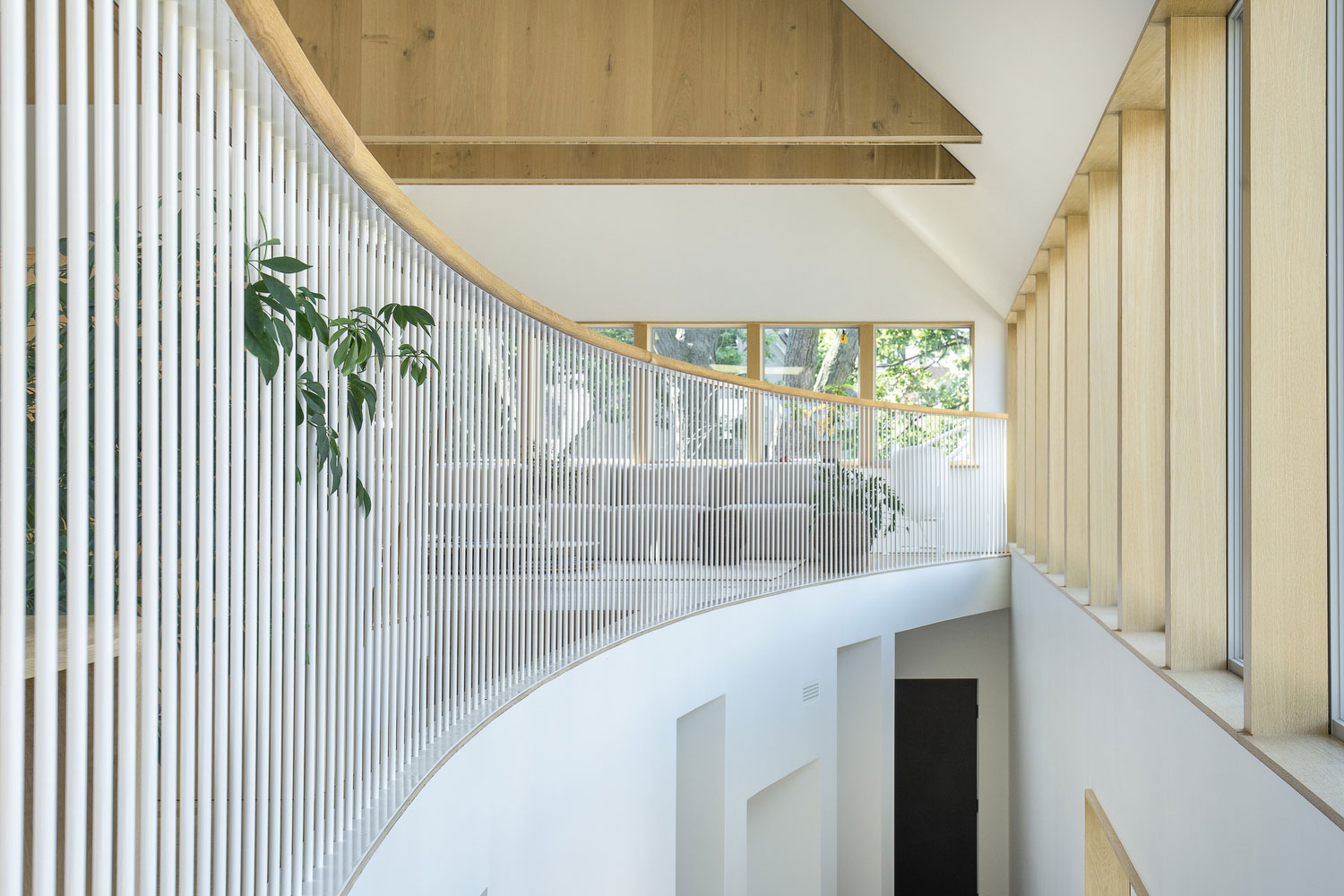
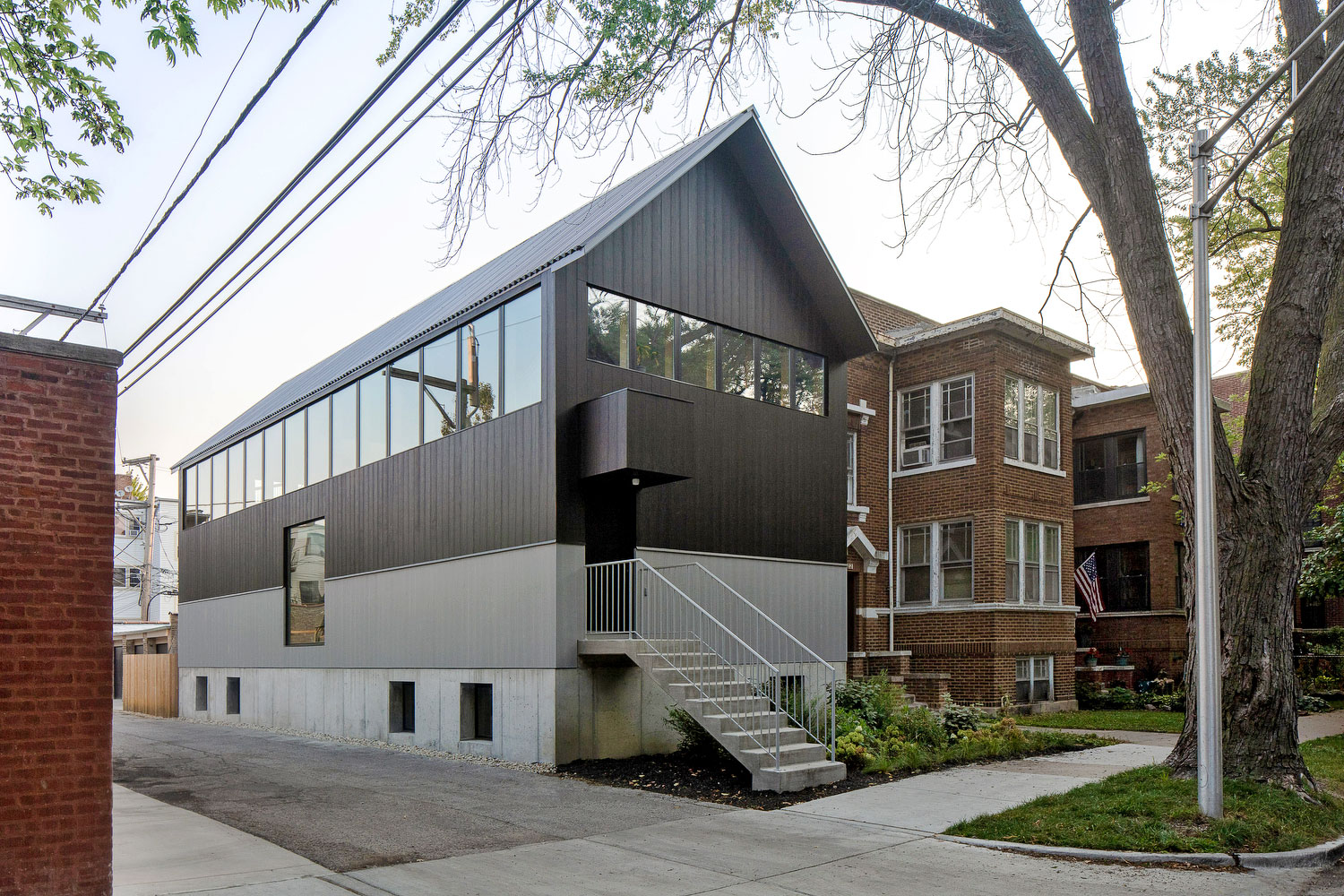



Comments are closed.